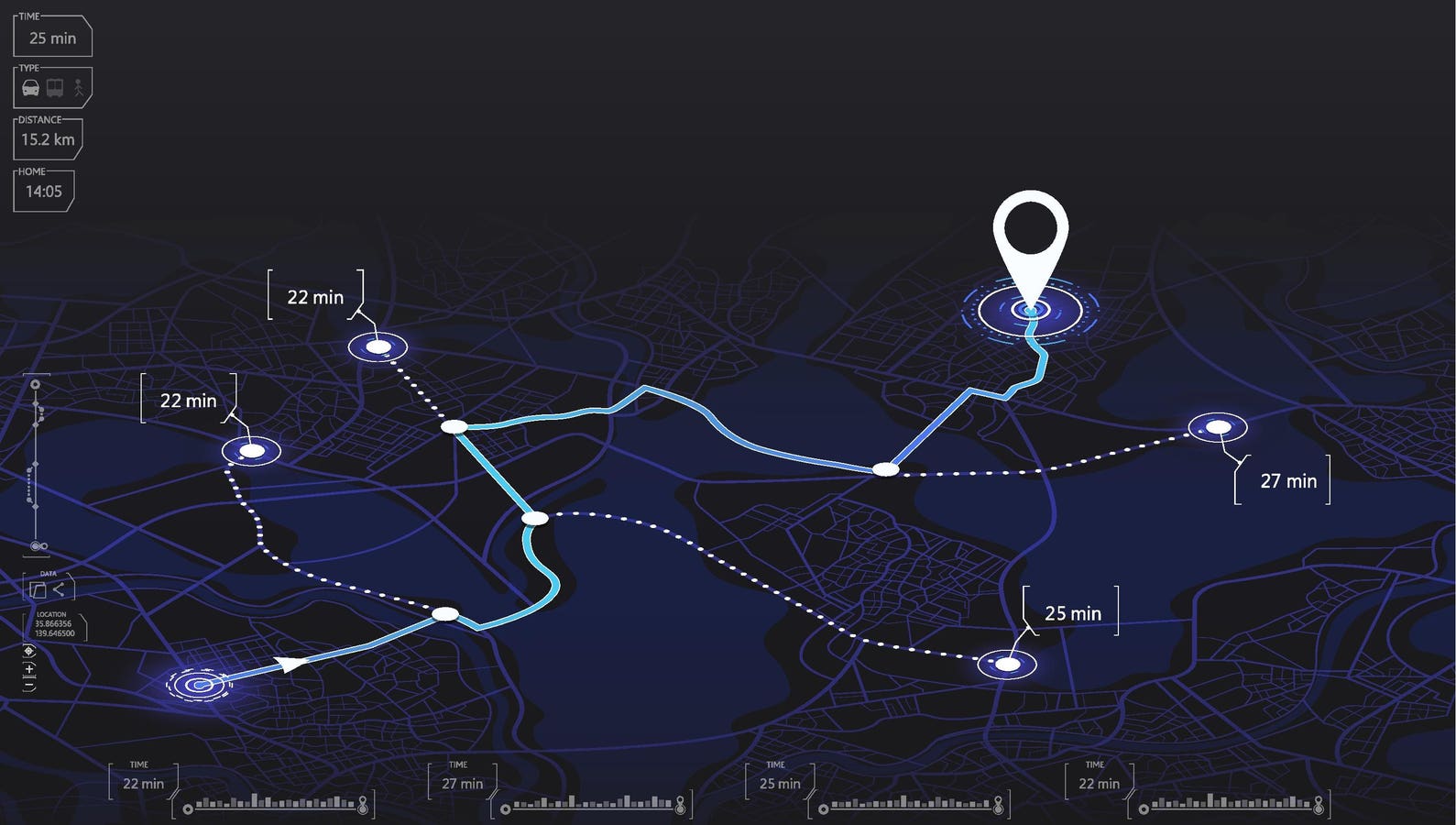Google’s controversial location tracking is finally coming to an end
There’s a constant balancing act taking place on the smartphones that rule our lives: privacy versus convenience. On the one hand, we can’t get enough of the easy lifestyle hacks that make everything so much easier than in the past; on the other hand, we don’t want to be tracked or have our data stolen and analyzed.
Unfortunately, one feeds the other, and so the balancing act continues.
Nowhere is this more true than for location tracking and data collection. Our smartphones can map our every move, track times and places and then use AI to draw conclusions – this must be where you work, shop, play, this could be a friend, this is probably where you sleep tonight, I’ll charge your phone slowly…
But it’s a privacy nightmare: that data is the world’s largest virtual spy agency, and combined with the GPS tracks of cars, wearables and the online breadcrumbs and search history we constantly leave behind, the apps that grab data from our phones when they are in use and if they are not, it is no surprise that we are where we are.
Fortunately, in recent years there have been attempts to clear this up – to some extent. Led largely by Apple, while Google lags behind, we now have very specific location permissions and mandatory opt-outs, and a strong focus on the accuracy of the data captured and when and how it can be captured.
Google is now entering the next phase of its own cleanup, removing the tracking data that is recorded locally (on your phone, but centrally stored) in the cloud. It has a fancy marketing name: Timeline, but it’s really just a collection of your private data stored by Google and presented to you in a fancy Google Maps user interface.
“Location History can give you more personalized experiences on Google, like place recommendations, based on where you’ve been,” the company tells users. “If you turn on Location History, your precise device location is regularly saved on your devices and on Google’s servers, even when Google apps are not in use.”
But here comes the catch. “To make Google experiences useful for everyone, your data may also be used to: display information, such as popular times and environmental insights, based on anonymized location data,” and that are critical to the business model, “ Improve and develop Google services, including advertising products.”
Yes, there are the usual opt-outs and privacy settings available, but the inertia among the vast majority of users always causes most to just stick with the default settings.
Google has tripped over its own feet on this in the past, apparently tracking users while they had disabled location tracking on their phones. And as always, if the data is there, it can be used and it poses a risk. Reporting on this ‘police dragnet’ The New York Times warned that “investigators use it to find suspects and witnesses who almost committed crimes, risking ensnaring innocents.”
This issue gained even more attention in the wake of the US change in abortion laws, with “Google urged to stop tracking location data. Roo reversal’, to prevent telephone data ‘being used against women’.
While Google didn’t tie the change to broader law enforcement dragnets or anything specific about mail-Roo Because of the implications, Google confirmed late last year that it would finally stop tracking user locations in its cloud, and instead keep all such data solely on the device, iPhone-style. This change will take effect from December 1.
Google took it a step further and used the example of a surprise birthday party to show how a user could geofence certain locations and not capture any data there at all. “Say you’re planning a surprise birthday party and you’re given directions to a nearby bakery to pick up the cake. Soon you will be able to see all your recent activity on Maps related to the bakery in one central place and easily delete your searches, directions, visits and shares with just a few taps.”
Bakery, clinic, you get the idea. Google has already started automatically removing sensitive locations from its data storage, but this latest move is much better.
There are a few other things to note. First, the data is still captured unless you disable it, and captured data can be retrieved even from devices. As ESET’s Jake Moore warned regarding Apple’s equivalent key locations on devices: “When I was doing digital forensics for law enforcement, this little-known feature became extremely useful when searching for evidence on iPhones.”
The other thing to note is that once that cloud data is deleted, it is gone permanently. And so users are told to save their timelines locally and make sure they have backups enabled so that data moves from device to device when they switch.
Whether you should let your phone track your every move and create a record that a spy agency would like to build is a whole other debate.
What should you do? I absolutely applaud this data shifting to just devices. Do not keep the data for too long; the new standard is three months, which is long enough. It may seem fun to casually track your detailed footprints from seven years ago, but the data is probably not something you want to keep cached, even on your phone.
